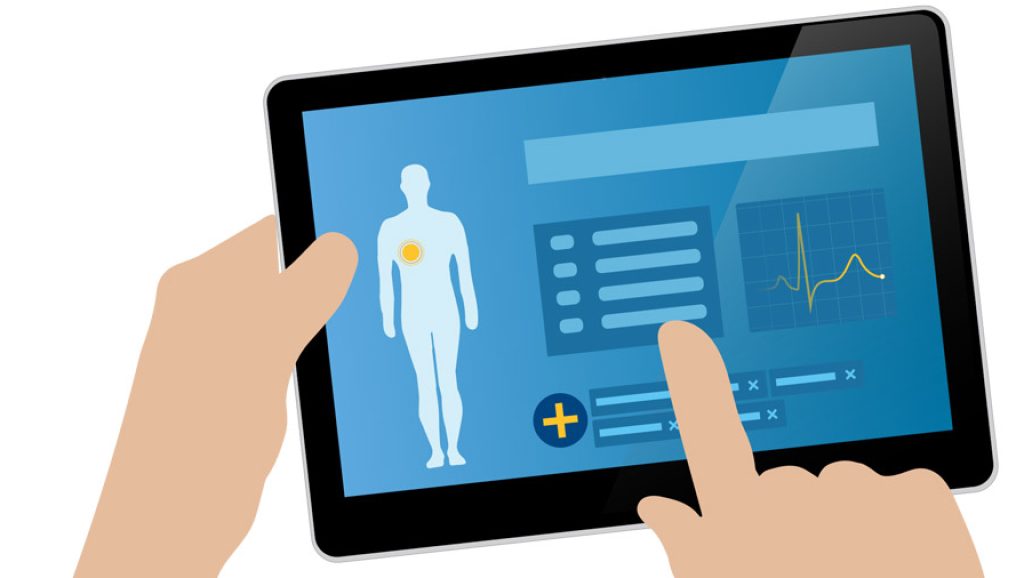The Australian Doctors’ Federation (ADF) has examined the document “Development of a Framework for Secondary Use of My Health Record Data” and makes the following points.
- The confidentiality of all correspondence and communication between doctors and their patients is central to the efficacy of treatment and public confidence in the doctor-patient relationship.
- Where patients believe that their information is likely to end up in the hands of third parties (whether they agree or disagree) there is a greater possibility that they will withhold information from their medical practitioner. Furthermore, attempts to coerce doctors into supplying patient information for use by third parties will generate opposition.
- The ADF maintains that the importance of privacy and confidentiality of a person’s medical history and conditions, should not be taken for granted. Revelation of health information can impact negatively on a patient’s work life, personal relationships and their ability to obtain or maintain insurance. For this reason, the confidentiality of a patient’s record is part of the doctor’s duty of care for which they are legally accountable.
- Uncertainty regarding security of patient information is substantial even without the introduction of third parties. Information on databases can, will and has been hacked. Health information is highly prized by criminals for use in identity theft and related crimes. An important risk management strategy to minimise this problem has been to limit the aggregation of personal health information by maintaining records at individual practices with protocols for clinicians to share or access specified health data under controlled conditions.
- The ADF draws attention to the examples used in the consultation paper1 to justify access to My Health Record (MHR) data by third parties. The examples are of existing data sharing research projects that did not utilise the current MHR system. Data sharing by clinicians for specified reasons and ethical research is an established procedure. Hence, no justifiable use of the My Health Record data for third party users has been established in these examples. No evidence has been supplied of what was not possible due to non-access to MHR records.
- The history of the PCEHR and its successor MHR, is a catastrophic example of imposed change without public or professional perceived value. If the claims that the MHR has cost $2 billion over the last 5 years are correct, it is the equivalent to the cost of two Sydney Opera Houses.2 When the public’s interest in voluntary take up of the PCEHR/MHR was not ignited, the government moved to a compulsory enrolment system where a person must opt-out rather than voluntarily enrol. This regulation is an ominous sign that the public do not value the MHR in the way that its architects believed they would or should. Hence, we now have an MHR system that the public didn’t want, have been compulsorily enrolled in, and can never completely leave.
- The ADF has verified that as of today, a person seeking to have their inactive or active file removed, must send an email to the Department of Health, making the request, which cannot be actioned because no opt-out period has been announced. The point is that a person cannot delete their MHR from the database, or have it deleted by an operator. The ADF has been told that when the opt-out period is announced, the file will be suspended but not deleted. Hence, a person’s health identifier will continue in perpetuity.
- Evidence that MHR has limited use in improving the quality of healthcare in Australia has been detailed by Antony Scholefield in his recent article in Australian Doctor3 where he claims that of the 70,000 shared health summaries that have been uploaded in August 2017, only 200 were read by public and private hospital staff, and only around 2,800 were viewed by other GP practices. This claim is consistent with the constant failure of My Health Records to produce any noticeable benefit to the treatment of patients, despite billions of dollars being spent in its development. In short, it is and has always been a white elephant of limited value. The evidence put forward for its use has been largely unsubstantiated idealism or selected cases of data sharing that have existed prior to the My Health Record.
- In addition to concerns about unwarranted use of MHR data, are the growing concerns over the right of computer network operators and data warehouse owners and operators to access and use data that travels on their networks or is stored in their facilities.
- The ADF believes that any objective analysis of the history and cost of the My Health Record project (and its predecessor) presents a strong case for it to be abandoned. There is sufficient evidence that the commercial software market is capable of supplying any number of applications that patients can purchase, which will enable them to maintain a record of their healthcare and directly control access to it.
1 Health Consult, Development of a Framework for Secondary Use of My Health Record Data Public Consultation Paper, Appendix A and page 7.
2 Sydney Opera House cost of $102 million in 1973 the equivalent of $927 million in 2016 (RBA Inflation Calculator).
3 Antony Scholefield, Data suggests GPs are wasting their time with My Health Record, Australian Doctor, 16 Nov 2017, www.australiandoctor.com.au/news/data-suggests-gps-are-wasting-their-time-my-health-record


